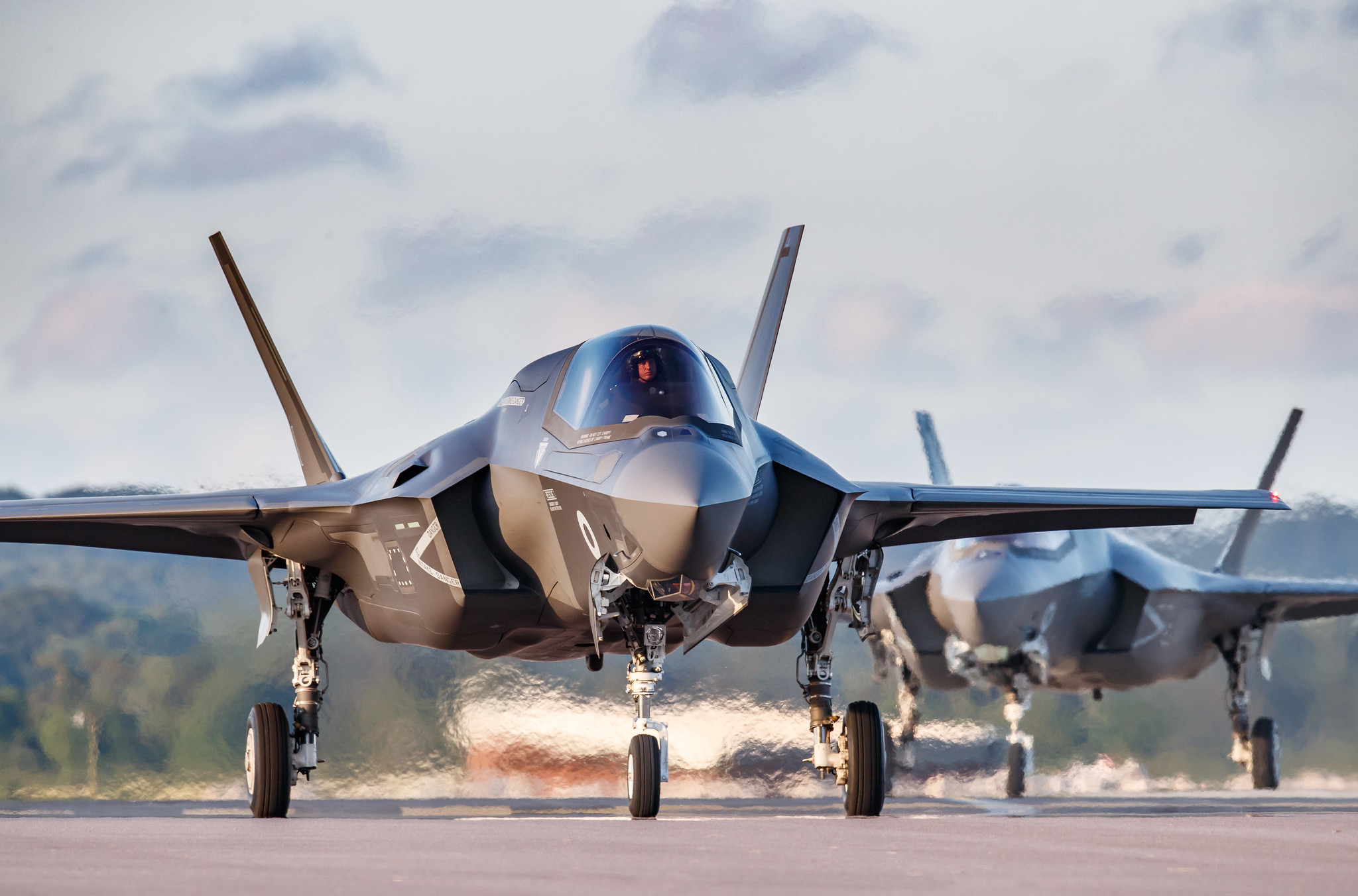That’s why the F-35s will cost $2 trillion

The F-35s will cost $2 trillion as the Pentagon plans to use them longer, until 2088, which is more than a decade longer than the 2077 target, says the GAO, an independent oversight body of the US Congress. All the details
The F-35, produced by Lockheed Martin, is the most advanced fighter-bomber supplied to the US military. But in addition to being one of the most advanced, the aircraft is also one of the most expensive (around 80 million dollars per model). And the program is getting even more expensive.
In fact, the total cost of the F-35 Joint Strike Fighter is expected to exceed $2 trillion over its lifetime, given U.S. military plans to fly it longer, rising inflation and efforts by the Pentagon to contain expenses are largely insufficient. This is what is stated in the recent report by the Government Accountability Office (GAO), an independent agency that supports the US Congress in monitoring the action of the federal government and its expenditure.
This is another worrying sign for the F-35, considered the stealthiest and most advanced fighter plane ever and which is at the center of US war planning, notes Bloomberg . Despite the high price and maintenance problems, the United States and several allied governments – including Israel – already fly hundreds of F-35s, and played an important role in repelling a barrage of Iranian missiles and drones aimed at Israel during the week, highlights the American newspaper.
Meanwhile, the GAO recalls that in recent years it has made 43 recommendations to improve the F-35 program: the Pentagon has yet to implement 30 of them.
All the details.
GAO REPORT ON THE COST OF THE F-35 PROGRAM
The F-35 aircraft is the Pentagon's most advanced and expensive weapons system, GAO points out. The Department of Defense currently has about 630 examples, plans to purchase about 1,800 more and intends to use them until 2088.
The report shows that the Pentagon's projected costs to support the F-35 fleet continue to increase, from $1.1 trillion in 2018 to $1.58 trillion in 2023. Yet the Department of Defense plans to fly the F-35 fewer than initially estimated, partly due to reliability issues with the aircraft. The F-35's ability to carry out its mission has also seen a downward trend over the past five years, Gao added.
The Pentagon now projects that the cost of operating and maintaining the aircraft through 2088 will be $1.58 trillion, 44% more than originally forecast for 2018.
That increase, according to the Government Accountability Office report, is due in part to sustainment costs resulting from the Pentagon's decision to operate the aircraft until 2088, more than a decade longer than the previously planned target of 2077. The overall figure of $1.58 trillion over the life of the program also includes other adjustments such as inflation and aircraft use, the report said.
THE CONSEQUENCES
According to Bloomberg , the GAO report paints a troubling picture of the aircraft's readiness, saying that inadequate training, a lack of spare parts and support equipment, and a heavy reliance on contractors mean that all three services fielding the he aircraft – the Air Force, Marines and Navy – will be able to fly the F-35 less often than initially hoped.
“The overall availability of the F-35 fleet has trended considerably downward over the past five years, and none of the variants are meeting availability targets – the percentage of time the aircraft can perform one of its assigned missions,” according to the evaluation. “The F-35 fleet is not meeting most of its performance goals.”
Pentagon officials told auditors that “significant cost reductions in the F-35 program will come only by flying the aircraft less or reducing the number of planes in the fleet.”
THE RELATIONSHIP WITH THE MISSION CAPABILITY RATE
Combined with an estimated procurement cost of $422 billion, the program's total projected cost now exceeds $2 trillion, a staggering figure for a fleet that currently falls short of mission objectives, Breaking Defense points out.
The mission capability rate of the Pentagon's F-35 fighter jet fleet – or the percentage of time an aircraft can perform one of its assigned missions – was 55% as of March 2023, far below the goal of Pentagon by 85-90%, according to a Government Accountability Office (GAO) report published last September.
WHAT THE F-35 PROGRAM MANAGER SAYS
In the aftermath of the release of the GAO report, US Air Force Lieutenant General Michael Schmidt, executive director of the Joint F-35 Program Office, said that in March the US fleet's mission capability rate averaged 55%. .7%, a slight increase compared to last year's survey. Since then, mission capability rates have increased above the 64% target for short periods, “however, we have not yet sustained the readiness levels our users expect,” Schmidt added.
“While these figures indicate only a slight improvement over last year and these rates remain unacceptable,” the importance of the push to improve preparedness “cannot be overstated,” concluded the JSF program manager.
LOCKHEED MARTIN'S POSITION
For its part, Lockheed Martin said it is working with the Pentagon's program office "to address F-35 readiness issues and implement solutions." He called the F-35 “one of the most reliable aircraft in the U.S. fighter fleet with more than 90 percent of components performing better than expected.”
This is a machine translation from Italian language of a post published on Start Magazine at the URL https://www.startmag.it/smartcity/ecco-perche-gli-f-35-costeranno-2-trilioni-di-dollari/ on Wed, 17 Apr 2024 07:38:50 +0000.
